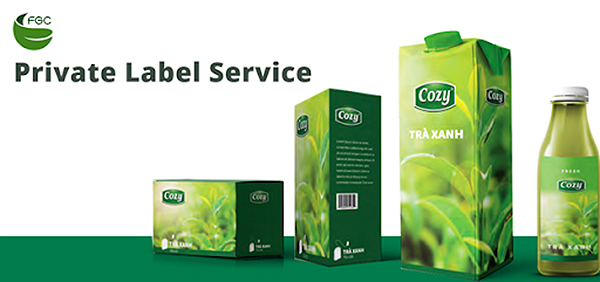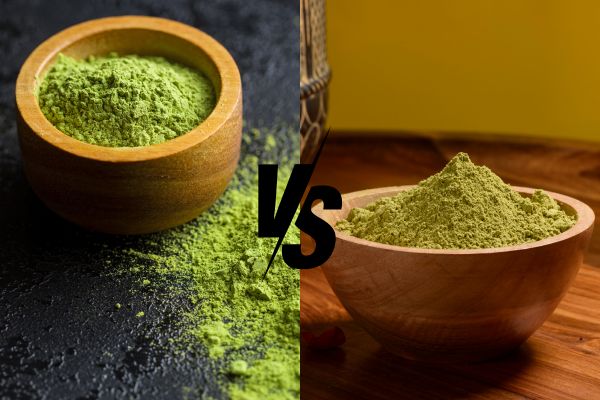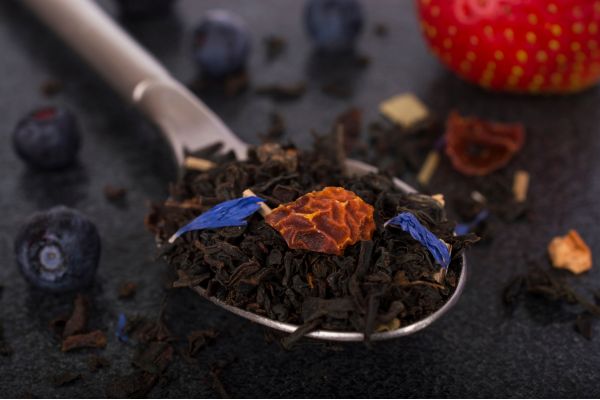In recent years, the Vietnamese government put a lot of effort into improving the issue and creating a new positive image of Vietnamese tea. Let’s explore the current situation and the possible future of Vietnamese tea plant in this article.

Contents
1. Situation of Vietnamese tea plant
According to the Vietnamese Tea Association (VITAS), in 2020, Vietnam had 123.000 hectares of tea plantations, an average production of 9.5 tons/hectare, and 1.02 million tons of tea leaves production per year. It makes Vietnam the 7th largest tea tree producer in the world [1].
The main tea-growing areas of Vietnam are in the Northern provinces, such as Phu Tho, Thai Nguyen, Lao Cai, Ha Giang, etc. Besides, the Central Highlands region has some primary areas like Lam Dong, Gia Lai, etc.

In 2021, Vietnam exported tea to 74 other countries in the world with the main customers being Pakistan, China, Russia, and Indonesia in which Pakistan is the biggest importer. Here are some information extracted from data that were taken from the Vietnamese General Department of Customs to help you visualize the current tea export situation in Vietnam.
Also in 2020, Vietnamese tea exports also grew exponentially during the 2 first quarters. Exports to Russia increase 11,6% in weight, 11% in value; Indonesia’s increases 36,7% in weight, 29,4% in value; United States’ increases 15,1% in weight, 17% in value.
Click here to find more information about Vietnamese tea export situation.
From the extracted data, we can find that the tea industry in Vietnam is seeing a stable growth in terms of exported weight and value. The good result may come from improvements in cultivation techniques, development in production capabilities, and updates on standards. For example, the Vietnamese government also supports tea business owners through trade programs and enforcement of VietGap in tea plantations.
However, Vietnamese tea only placed 10th on the list in terms of the total value. The main reason is the high pesticide residue content in Vietnamese tea. It leads to being often rejected by Europe, a very high-value market.
There are 3 main problems when dealing with these issues which are:
- 65% of Vietnamese tea plantation area is controlled by individual farmers, in which each farm has an average area of only about 0.2 hectare. As a result, the application of new technology in cultivation and harvest will also be very limited.
- The seedling of tea in Vietnam is not in balance. Nearly 70% of seedlings in Vietnam are made for black tea, while the other 30% are for green tea. This imbalance results in a less diverse and lower-quality final tea product compared to other regions.
- Branding for Vietnamese tea is a constant issue. Food safety and standards in Vietnam are often disregarded by producers thus making Vietnamese tea unable to enter demanding markets.
The only way to deal with these problems is through orientation for the development of the whole Vietnamese tea market. We will introduce it in the next part of the article.

2. Orientations for development of Vietnamese tea plantation
This idea that Vietnamese tea tree is high in pesticide content and low in quality has been deep-rooted in the mind of many consumers, thus, can’t be changed through simple means.
To combat this matter, the Vietnamese tea tree producers and government have been employing many strategies and development directions such as:
- Increase production efficiency and quality through the adoption of new crops, new technology, and new cultivation techniques.
- Engage in communication between farmers and producers to work on tea cultivation, crop stability, and distribution of seedling variety.
- Engage in trade programs with high-value markets such as Japan, Taiwan, EU, etc.
- Enforce application of Vietgap quality in Vietnamese tea plantations along with other food safety standards.

Related post: Importing Vietnamese tea: Benefits may make you surprise
3. First results proving efforts of Vietnam tea industry
As the Vietnamese tea industry began to apply such solutions to their business in 2008, there have been some promising results to be hopeful for. As of now, about 35% of all tea plantations in Vietnam have qualified for Vietgap standards. It means for the Vietnamese tea industry is easier access to high-demand markets.

In recent years, Vietnamese tea export value has been constantly rising. It indicates the additional value in Vietnamese tea tree as well as sales of higher quality tea. Furthermore, from our perspective as one of Vietnamese largest tea exporters, tea tree from Vietnam has made an entrance into many new demanding markets such as Taiwan, the EU, and Japan.
Additionally, these buyers are requesting services such as OEM, private labeling, or blending from Vietnamese tea producers. It’s a sign that other supporting industries in Vietnam like packaging, condiments, and flavoring are also improving, thus satisfying more challenging and experienced customers.
Find out more about Where to buy Vietnamese bulk loose leaf tea at a low-price offer

As the leading tea producer and exporter in Vietnam, we at FGC are also optimistic and proud to see the results that we have been making during the past decade. We are also confident that we will continue to make Vietnamese tea a better choice for our customers in the future.
If you have any questions regarding Vietnamese tea plant or importing tea, please do not hesitate to contact us at info@vietnam-tea.com.










